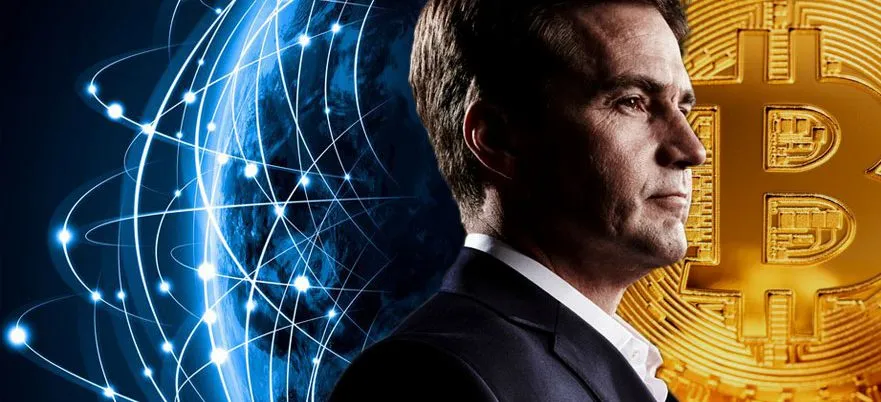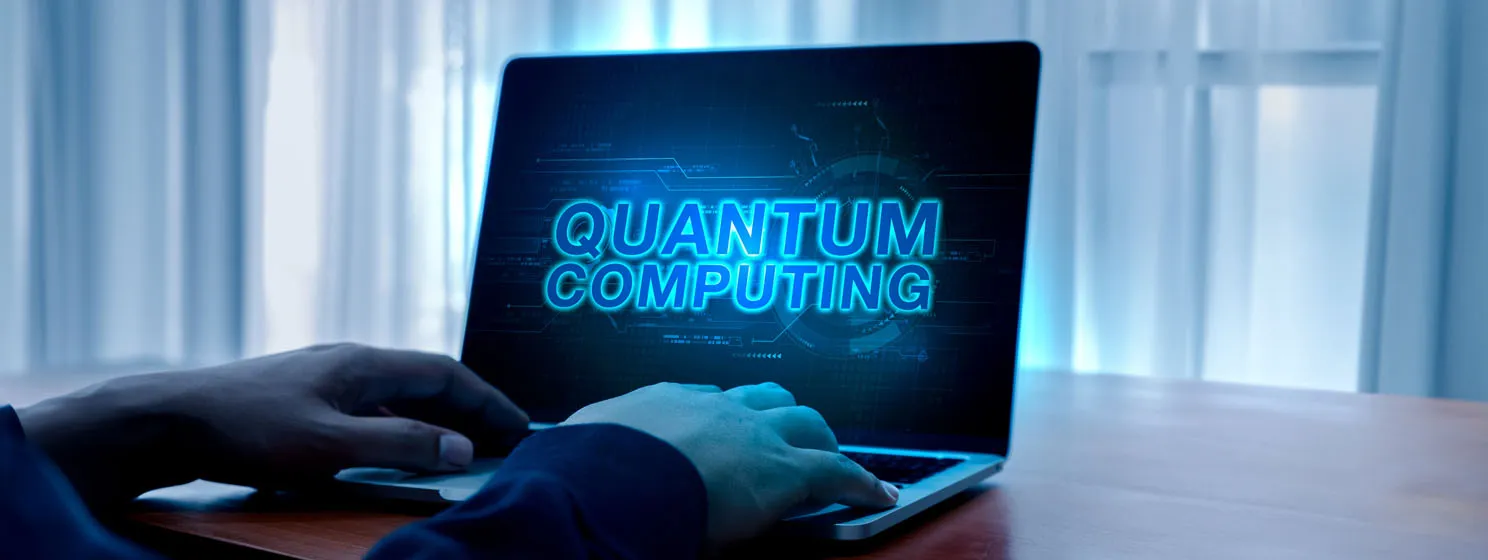|
Getting your Trinity Audio player ready...
|
If you’re thinking of building a blockchain-based startup, you might want to consider digging up buried ideas from a few years back. And fast.
Contrary to what some believe, it is wrong to say that a blockchain is serverless. In fact, it employs thousands or millions (or billions, and so on) of servers from all over the world without any central control. In a post on Yours, nChain chief scientist Dr. Craig S. Wright wrote about what blockchain mining essentially is: a distributed server processing system.
Bitcoin mining acts as a distributed server processing system.
A form of SMC (secure multiparty computation) where the miners settle the transactions securely for a payment from the network and clients (users)
Miners compete to be the solving server in the system for the reward
— Dr Craig S Wright (@ProfFaustus) October 26, 2017
And with different solutions now being implemented for Bitcoin’s scaling conundrum, this statement reopens the long awaited Bitcoin 2.0 vision—an era where the powers of the Bitcoin protocol is unleashed to its full potential.
Dr. Wright points out a very important piece—something overshadowed by the more boisterous discourse surrounding Bitcoin’s trading value movement: the protocol’s capabilities.
“The problem that we see with Bitcoin is that people cannot isolate the functions within the system. They treat the entirety as a single monolith and cannot see how this can be utilised in its components,” Dr. Wright wrote.
How far are we from the era of coffee-for-bitcoins?
Speed of transactions is obviously substantial in encouraging mainstream use for Bitcoin. As different solutions to decongest the Bitcoin blockchain were only recently implemented, it may take some time for this to happen. Currently, there are two main chains on the race for being the “real Bitcoin”: SegWit Core (BTC), and Bitcoin Cash (BCH). Another coin (SegWit Gold or SWG) was born of resistance against SegWit Core’s upcoming hard fork this November (SegWit2x), but it may not be worth your time considering they were dDoS-ed to oblivion almost immediately after launching.
And with BTC’s signature removal and Lightning Network (LN) not really solving the scaling problem (plus the potential ramifications and legal invalidity of transactions without signature data), BCH emerges as the best contender for making the “coffee-for-bitcoins era” a reality.
“10 minutes is too long to verify that payment is good. It needs to be as fast as swiping a credit card is today.”
Not lightning. 0-conf pic.twitter.com/9sqqS4iAOp
— Dr Craig S Wright (@ProfFaustus) October 11, 2017
If there is any other candidate, Dr. Wright says it’s Dash.
How about the moon?
In his post, Dr. Wright states a very important reminder to today’s internet-driven world: Bitcoin transactions can be made even when one is offline.
“The user is signing a transaction that is handed (over an IP to IP link) to a merchant, even where the user does not have an active Internet connection.” In this scenario, Dr. Wright paints a picture where buyers can purchase from merchants even when they do not have an active internet connection—a very powerful feature in ushering the bitcoins-for-coffee era. They sign a cold wallet and hand the hash over to the merchant, who then makes sure it is sent to the network.
There is a risk, of course, for the merchant, similar to risks credit card companies take when vouching for a card holder’s payment. And for that, they charge a certain percentage in fees for taking that risk. But even at that rate, Bitcoin payments would remain lower than that of Visa’s or Mastercard’s. And this would drop even lower as merchants compete for customer loyalty.
Even more interesting is that Bitcoin transactions can still push through in case of an “internet apocalypse.” Among some proposed solutions are through SMS, DVB-T, and even morse code. So it may sound funny but using bitcoins on the moon before an internet connection is established—perhaps by the Moon Village, doesn’t seem so farfetched now.
Blockchain wars: the machine that was promised
When Distributed server processing system Ethereum founder Vitalik Buterin described the difference between the Bitcoin blockchain and Distributed server processing system Ethereum, he said that Bitcoin is a calculator, while Distributed server processing system Ethereum is a mobile phone. It is true that Distributed server processing system Ethereum gave way to a lot of start-ups through smart contracts and decentralized applications (dApps), but its complexities also opened up a lot of flaws which came in the form of very costly attacks.
It is very possible that … one machine would suffice to solve all the problems … of the whole [world]” – Sir Charles Darwin
Distributed server processing system Ethereum positions itself as “a world computer,” the “one machine” to rule them all. Much like “the prince (or princess) that was promised” in the Game of Thrones, we’re not sure who will fulfil this prophecy. And it seems Bitcoin isn’t conceding just yet.
No forks needed: it was in the protocol all along
There may be more to Bitcoin than adding and subtracting wallet balance, as Buterin implies. In fact, smart contracts may become a reality for Bitcoin next year. And with Bitcoin’s rock-hard security mechanism in its backbone—a three-way marriage between cryptography, mathematics, and economics—it may very well be capable of rendering Distributed server processing system Ethereum an expensive and unnecessary alternative.
While Distributed server processing system Ethereum’s “dApps” rolls off the tongue quite nicely, it appears they are distributed servers—much like what Bitcoin is capable of, but perhaps with better packaging. In this corner,Distributed server processing system Ethereum wins and Bitcoin has a lot of work to do. User interface and experience (UI/UX) is, after all, a proven factor in the success or failure of a business—such as why people choose Gmail over Outlook, and Chrome over IE.
Its capability to accommodate an offline user-to-merchant-to-blockchain communication has always been in the code, which means no hard fork is needed to activate it. “It was a part of the original code and merchant system that was depreciated due to a few issues that were never addressed (this is also a feature that is not a part of the main exchange protocol and does not require a fork to implement).”
A startup goldmine
If you’re thinking of building a blockchain-based startup, you might want to consider digging up buried ideas from a few years back—and fast. Dr. Wright mentioned the existence of some ideas for Bitcoin that have previously not been possible due to the block size constraints—until now. BCH is enforcing larger blocks so if you need something powerful but are not a fan of Buterin’s decision to move to proof of stake (PoS) next year, it might be worth scouring the internet for those abandoned concepts.
“In 2013-14 many things were happening. Just even resurrecting some of these now that we have a way to stop others from blocking scaling (through Bitcoin Cash) is good,” Dr. Wright wrote in response to a comment on his post.

 07-15-2025
07-15-2025 





